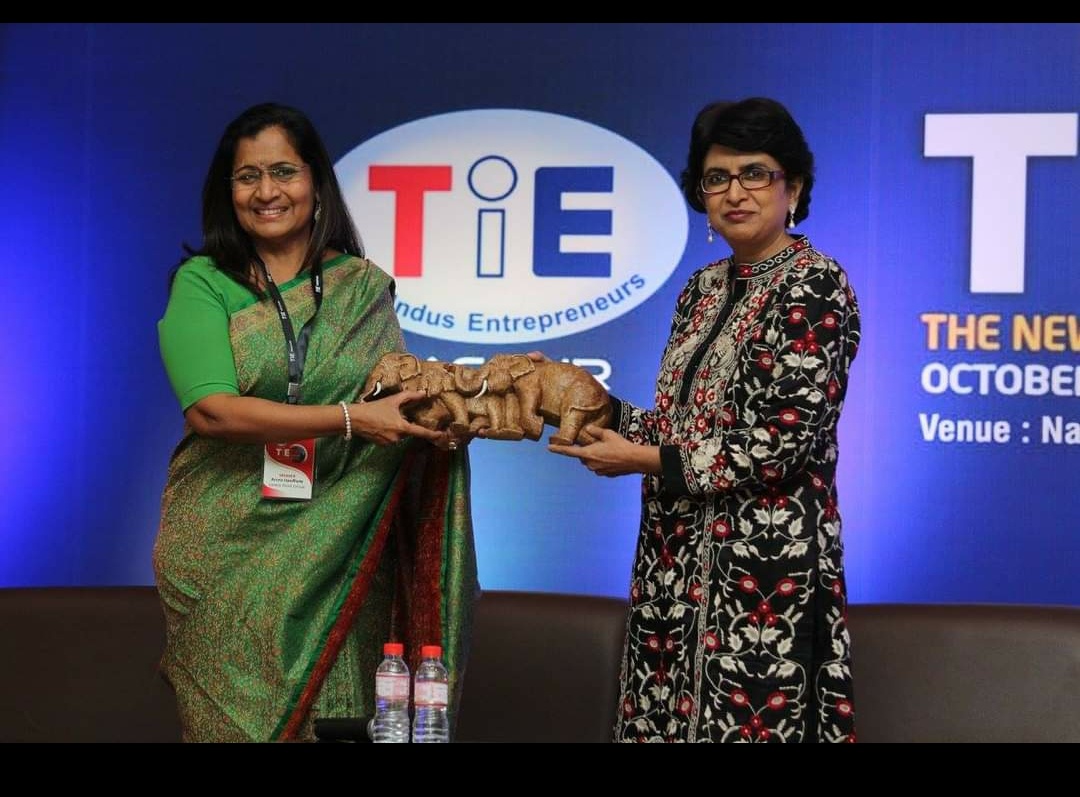Of transparency in management- 7 July 2015.
One of the most critical issues in management is transparency at all levels. There is no doubt that each organisation has its own secrets. But those secrets do not mar the principle of transparency because they are separate areas of management. Decisions at the top-most level have to be taken secretly, but the veil of secrecy does not mean that there is something untoward or fishy. All it means is that the organisation cannot reveal its core issues to those who are not concerned with them. Otherwise, the best method is transparency in dealings and operations.
This is not just pseudo-idealism; this has a very practical side as well. In other words, the more transparent the organisation is, the more successful it may become. For, the importance of transparency is felt at various levels — high or low. But it is felt more when it comes to dealing with outsiders whose contact with the firm is for limited purpose of supplies or sales or marketing of goods and services. But when the word spreads that an X organisation is transparent, then its image improves in popular mind. For, in that case, service providers or vendors etc find it easier to handle business with that organisation.
Most unfortunately, however, many organisations and their promoters do not realise this aspect of functioning. They insist upon being secretive so much so that others feel apprehensive about doing business with them. Internally, too, secretive organisations indicate a greater propensity towards corrupt practices than their counterparts that are more open in nature.
When Arvind joined the company as its new General Manager, he realised within first few days that there was nothing like transparency in the internal systems or external contacts. Several decisions were taken without recording those in the official documents. So, whenever there were moments that required strict implementation of those decisions, the managers were found taking the discretion route and altered the norms easily. Because there was no record, there was scope to manipulate the system.
Arvind could not allow such a system to persist. As the first step, he called a meeting of the senior staff who were generally part of the decision-making process at all levels. He made issues clear by stressing the importance of recording every decision taken officially. Everybody was askance and started opposing the idea. Arvind, however, was firm that he would not tolerate anybody leaving official decisions keeping unrecorded.
But then came a surprise. An executive said, “But Sir, our MD saheb does not want us to record decisions. What to do then?”
That was, of course, very wrong interpretation of what the MD saheb had said. When Arvind made enquiries with the MD’s office, he was told that the top boss never gave such advices to anybody. He had only said that there could be certain decisions that have to be kept secret, and so need not be recorded in documents that are open to all. Such decisions be recorded in the special books that could be accessed by only a handful.
That was the key. Arvind realised that all such misrepresentation of the management’s order was possible because at some level, the bosses were ambiguous about some decisions. If the management were to be firm and clear about its decisions or plans or vision, then there is no confusion about what is to be done. Of course, Arvind’s first steps appeared tentative. Soon, however, he gained control over things and that triggered the right thought and action at all levels.









